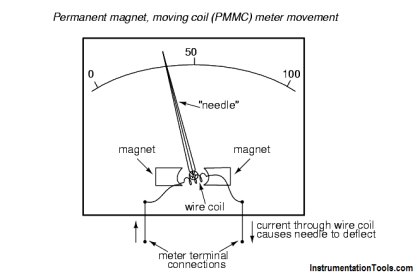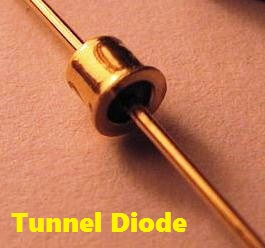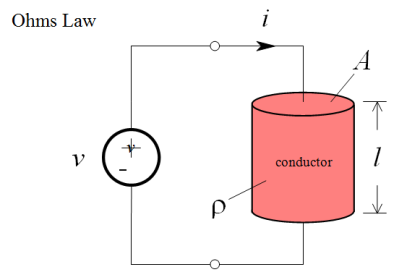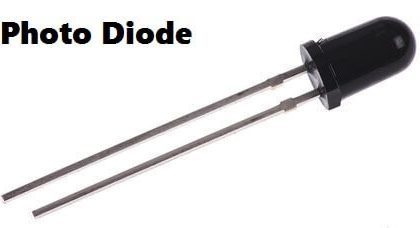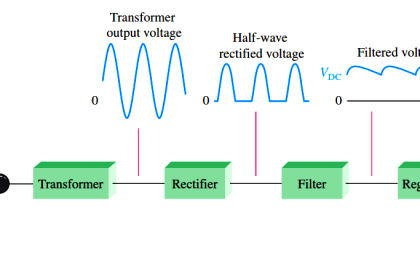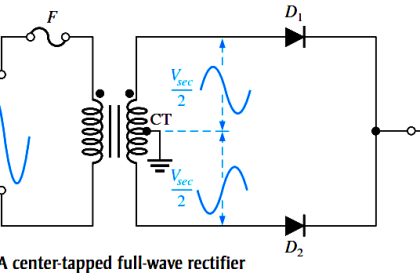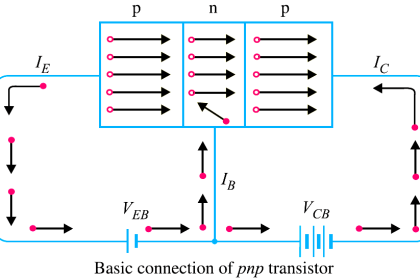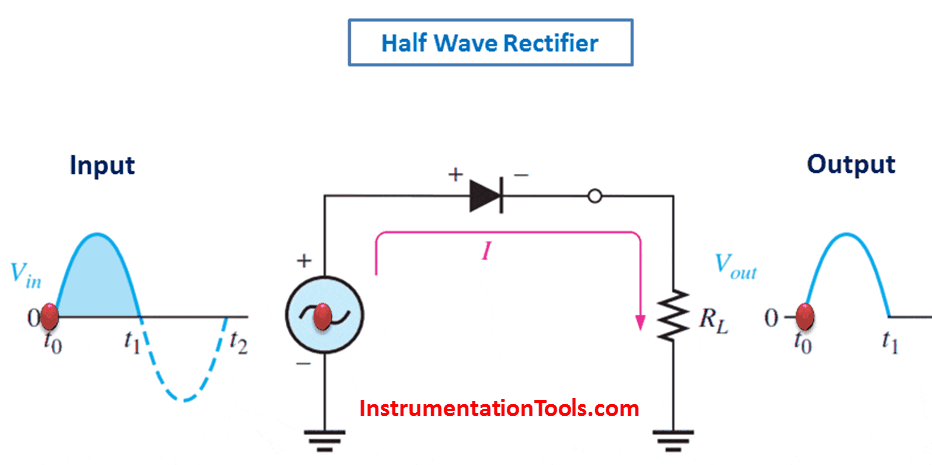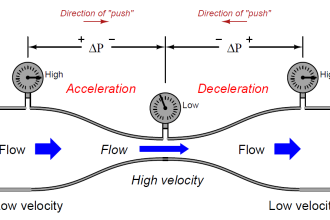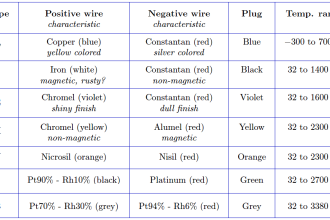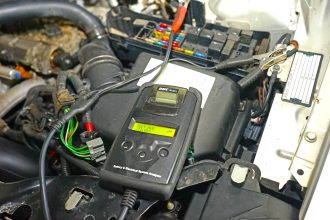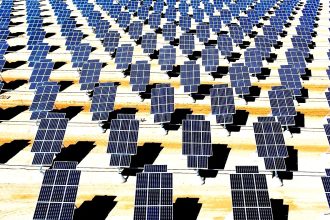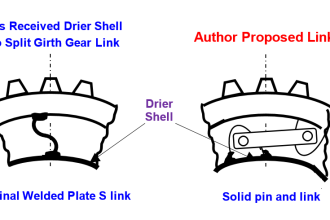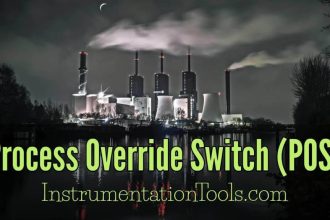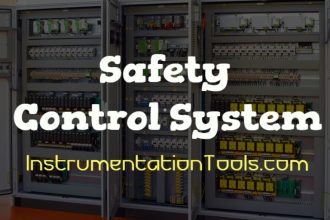The below Fig shows a typical capacitor input filter or π- filter. It consists of a filter capacitor C1 connected across the rectifier output, a choke L in series and another filter capacitor C2 connected across the load. Only one filter section is shown but several identical sections are often used to improve the smoothing action
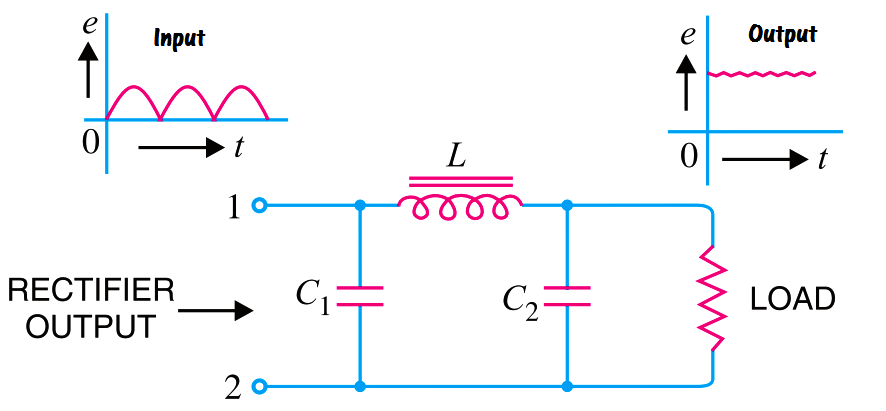
The pulsating output from the rectifier is applied across the input terminals (i.e. terminals 1 and 2) of the filter. The filtering action of the three components viz C1, L and C2 of this filter is described below
(a) The filter capacitor C1 offers low reactance to a.c. component of rectifier output while it offers infinite reactance to the d.c. component. Therefore, capacitor C1 bypasses an appreciable amount of a.c. component while the d.c. component continues its journey to the choke L.
(b) The choke L offers high reactance to the a.c. component but it offers almost zero reactance to the d.c. component. Therefore, it allows the d.c. component to flow through it, while the unbypassed a.c. component is blocked.
(c) The filter capacitor C2 bypasses the a.c. component which the choke has failed to block. Therefore, only d.c. component appears across the load and that is what we desire.
Capacitor input filters can provide extremely pure DC supplies, but have fallen out of favour because inductors tend to be unavoidably heavy, which has led to the often-preferred choice of voltage regulators instead.
Advantages of pi filters:
- More output voltage
- Ripple-free output
Disadvantages of pi filters:
- Large size
- Heavy
- High cost

